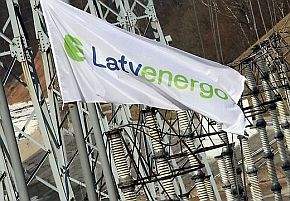Energy, Investments, Latvia
International Internet Magazine. Baltic States news & analytics
Tuesday, 23.04.2024, 09:30
Latvenergo earns EUR 30 mln in 9 months
 Print version
Print version |
|---|
In nine months of 2013, the Group's income was EUR 819.1 million – a EUR 32.9 million profit respectively.
The results of the Group were negatively affected by lower output at Daugava hydropower plants, whereas lost revenues due to electricity supply at the regulated tariff in Latvia composed EUR 37.6 million in nine months of 2014 (in 2013: EUR 44.2 million).
In nine months of 2014, the total amount of investments was EUR 114.6 million. To improve the quality of network services and technical parameters, the Group continuously invests in network assets. In nine months of 2014, the amount invested in the network represents 75% of the total investments.
Significant amount of investment comprises investments in environmentally friendly and environmental development projects – in nine months of 2014, almost EUR 10 million were invested in Daugava HPPs hydropower unit reconstruction, taking care about sustainable business practices and effective usage of water resources.
Latvenergo Group market share exceeds one-third of the Baltic electricity consumption – retail electricity supply has been increased by 7% compared to the respective period last year and is 6,477 GWh.
The major part or 80% of its electricity retail has been supplied on the open electricity market and 20% has been supplied on the regulated electricity tariff. Latvenergo Group electricity supply volume in Latvia was 4,109 GWh, in Lithuania – 1,393 GWh and in Estonia – 975 GWh. Most significantly electricity supply increased outside Latvia – in nine months of 2014, the electricity supply volume in Lithuania and Estonia has been increased by 47% and comprises more than one-third of retail electricity supply.








 «The Baltic Course» Is Sold and Stays in Business!
«The Baltic Course» Is Sold and Stays in Business!

